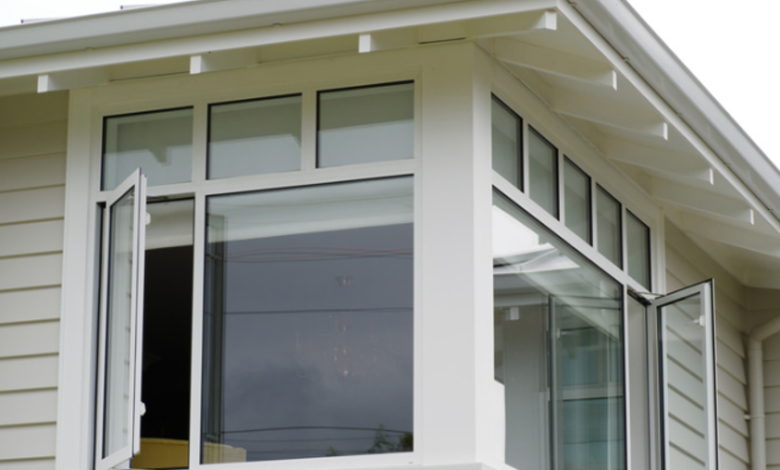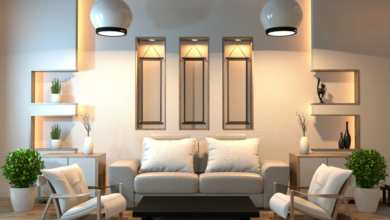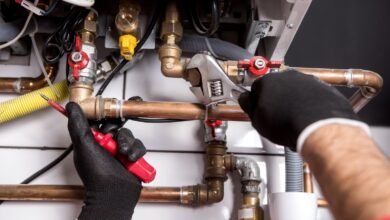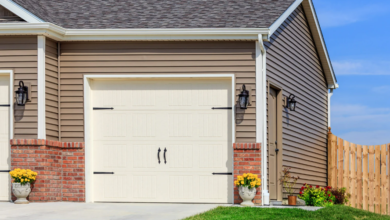The Science Behind Hurricane Windows: How They Withstand Extreme Forces

In coastal regions prone to high winds and severe weather, traditional windows often become dangerous liabilities. That’s where hurricane windows come in, engineered to remain intact under extreme conditions. More than just thicker glass, these systems are built with advanced materials and precision-tested to meet strict standards. Homeowners looking to secure their property should consult professionals specializing in hurricane proof windows in Houston for solutions that go beyond conventional protection.
Laminated Glass and Interlayer Bonding
At the core of hurricane-resistant windows is laminated glass. This consists of two or more glass panes bonded together by a tough interlayer, usually polyvinyl butyral (PVB) or SentryGlas®. When struck by debris, the glass may crack, but the interlayer holds the shards in place. This prevents dangerous breakage, preserves the window’s structural integrity, and keeps rain and wind from breaching the home.
This innovation has set the standard for impact resistance and safety, and its effectiveness continues to evolve alongside window technology innovations shaping the future. Newer laminates offer enhanced clarity, thinner profiles, and even improved sound insulation, an added bonus for urban or high-traffic areas.
Reinforced Frames and Anchoring Systems
Glass alone doesn’t secure a window, frames and hardware play a vital role. Hurricane windows are constructed with reinforced vinyl, aluminum, or fiberglass frames that resist warping and deformation under pressure. They’re tightly anchored into the building structure using fasteners designed to withstand uplift and lateral force.
These anchoring systems are tested using large missile impact simulations and cyclic pressure protocols that replicate hurricane conditions. The entire unit, glass, frame, and installation method, must pass certification standards such as ASTM E1996 and E1886 to be considered storm-ready.
See also: Explore Modern Styles in Home Window Replacement
Pressure Equalization and Sealing
During a storm, pressure differentials between the inside and outside of a home can create intense force. Standard windows may fail under this stress, but hurricane windows feature seals that prevent air and water infiltration. Many systems also incorporate pressure-equalizing designs to reduce strain on the frame and maintain performance during sustained high winds.
These systems don’t just defend against breakage; they also prevent structural failure. When a window fails, it opens the home to wind uplift that can rip off roofs or collapse walls. By remaining intact, hurricane windows help maintain the building envelope.
UV Filtering and Energy Efficiency
Though their primary function is storm protection, hurricane windows also offer benefits year-round. Laminated glass blocks up to 99% of harmful UV rays, helping protect interior furnishings from fading. Many models also feature Low-E coatings and insulating layers that enhance energy efficiency. As a result, hurricane windows contribute to both safety and sustainability.
Conclusion
Hurricane-resistant windows are not merely stronger versions of standard glass; they’re a product of engineering, material science, and evolving design. Their ability to withstand extreme weather hinges on laminated glass, reinforced frames, advanced sealing, and strict testing protocols. When chosen through trusted experts in hurricane-proof windows, these systems become a long-term investment in safety, durability, and energy performance. The science behind them continues to advance, offering homeowners better protection with every innovation.




